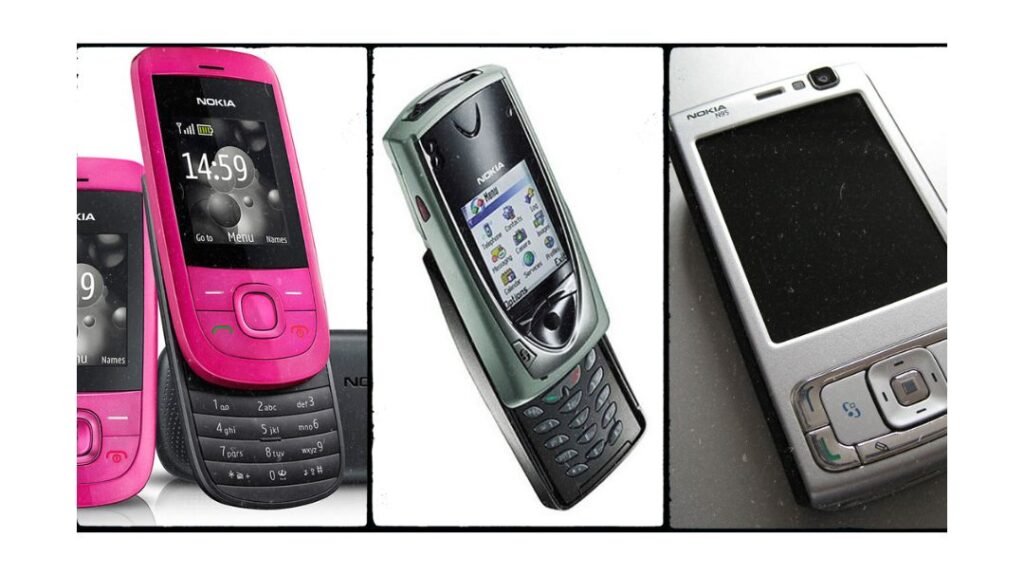
Nokia Slide Phones has long been a household name in the mobile phone industry, renowned for its innovative designs and durable devices. The slide phones are among its most iconic offerings, a category that blends functionality with a distinctive form factor. Slide phones, characterized by their sliding mechanism that reveals a keypad or additional features, were a staple of Nokia’s portfolio during the feature phone era and have seen occasional revivals in the smartphone age. This article explores the history, specifications, and enduring appeal of Nokia slide phones, focusing on key models and their technical details, including announced dates, camera capabilities, display sizes, resolutions, internal storage, Android versions (where applicable), battery types, and processors.
The Evolution of Nokia Slide Phones
Nokia’s journey with slide phones began in the early 2000s, when mobile phones were transitioning from basic communication tools to multifunctional devices. The slide mechanism offered a compact design that protected the keypad while allowing for larger displays compared to traditional candybar phones. Over the years, Nokia released numerous slide phone models, each catering to different market segments—from budget-conscious consumers to tech-savvy users seeking advanced features.
While many of Nokia’s slide phones predate the Android era and ran on proprietary operating systems like Series 40 (S40) or Symbian, the company’s later efforts under HMD Global have incorporated modern Android technology into select models. This article highlights a curated list of notable Nokia slide phones, detailing their specifications and significance.
Nokia Slide Phone List: Key Models and Specifications
Below is an in-depth look at some of Nokia’s most prominent slide phones, showcasing their technical prowess and historical context.
Nokia 7650
- Announced Date: March 2002
- Camera: 0.3 MP (VGA)
- Display Size: 2.1 inches
- Resolution: 176 x 208 pixels
- Internal Storage: 4 MB
- Operating System: Symbian OS v6.1, Series 60 v1.0
- Battery: 750 mAh, Li-Ion
- Processor: ARM 9, 104 MHz
The Nokia 7650 holds a special place in history as Nokia’s first smartphone with a built-in camera. Announced in March 2002, it introduced the slide mechanism to conceal a numeric keypad, revealing a compact yet functional device. Its 0.3 MP camera was groundbreaking at the time, offering users a glimpse into mobile photography. The 2.1-inch display, with a resolution of 176 x 208 pixels, was modest by today’s standards but impressive for its era. With 4 MB of internal storage and powered by a 104 MHz ARM 9 processor, the 7650 ran on Symbian OS, laying the groundwork for Nokia’s future smartphones. Its 750 mAh Li-Ion battery provided adequate power for its basic features.
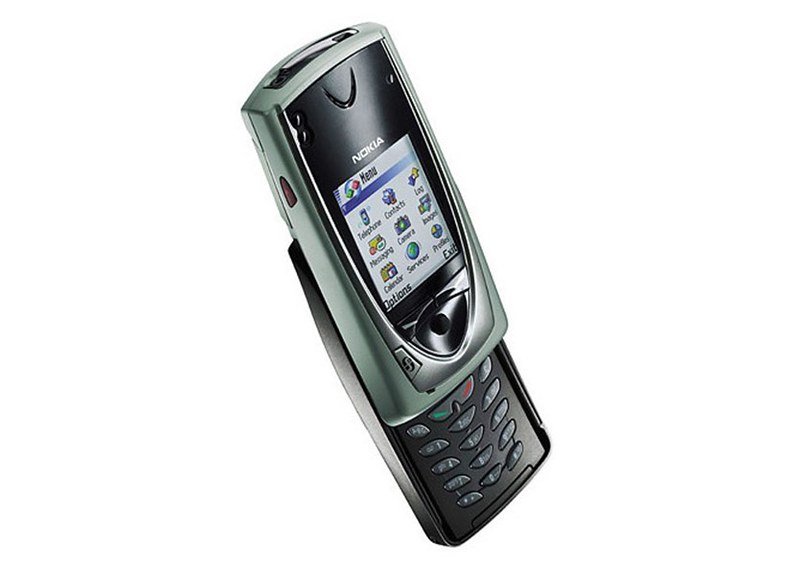
Nokia 6600
- Announced Date: June 2003
- Camera: 0.3 MP (VGA)
- Display Size: 2.1 inches
- Resolution: 176 x 208 pixels
- Internal Storage: 6 MB
- Operating System: Symbian OS v7.0s, Series 60 v1.0
- Battery: 850 mAh, Li-Ion
- Processor: ARM 9, 104 MHz
Introduced in June 2003, the Nokia 6600 was built on the success of the 7650 with slight improvements. It retained the 0.3 MP camera and 2.1-inch display with a 176 x 208-pixel resolution but increased internal storage to 6 MB. Running on an updated Symbian OS v7.0s, it offered enhanced functionality for its time. The 850 mAh Li-Ion battery provided a marginal boost in capacity, while the 104 MHz ARM 9 processor ensured smooth operation. The 6600’s slide design remained a popular choice among users seeking a blend of style and utility.
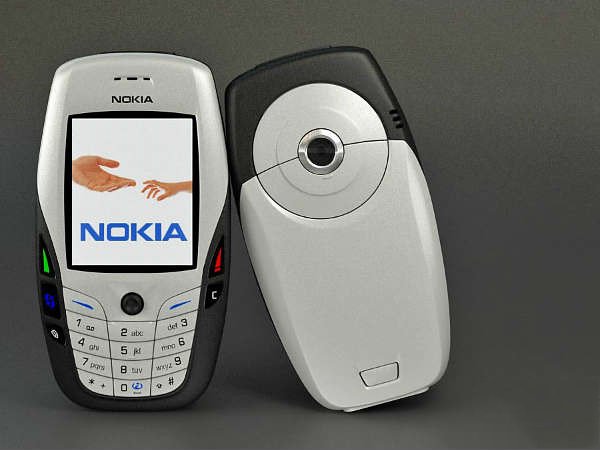
Nokia 6111
- Announced Date: June 2005
- Camera: 1 MP
- Display Size: 1.8 inches
- Resolution: 128 x 160 pixels
- Internal Storage: 23 MB
- Operating System: Series 40
- Battery: 700 mAh, Li-Ion
- Processor: Not specified (typical S40 chipset)
The Nokia 6111, announced in June 2005, targeted the mid-range market with a focus on simplicity and elegance. Its 1 MP camera marked a significant upgrade from earlier models, while the 1.8-inch display offered a 128 x 160-pixel resolution. With 23 MB of internal storage, it provided ample space for ringtones, images, and basic applications. Running on Nokia’s Series 40 platform, the 6111 relied on a modest processor typical of S40 devices. Its 700 mAh Li-Ion battery ensured reliable performance for daily use.
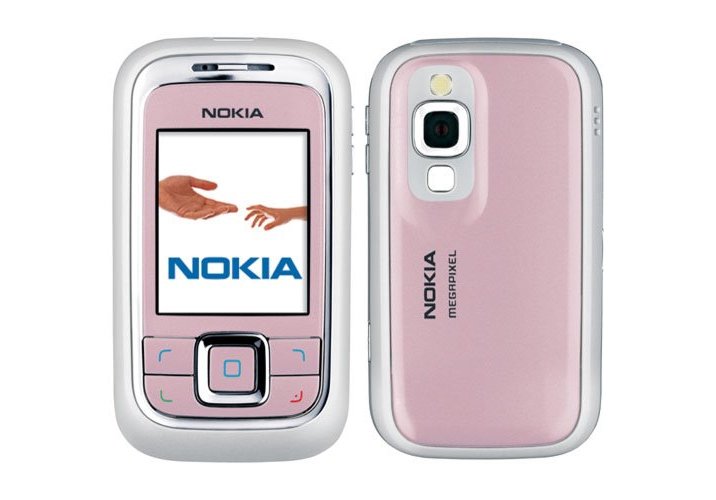
Nokia N95
- Announced Date: September 2006
- Camera: 5 MP (with Carl Zeiss optics, autofocus, LED flash)
- Display Size: 2.6 inches
- Resolution: 240 x 320 pixels
- Internal Storage: 160 MB (plus 64 MB RAM)
- Operating System: Symbian OS v9.2, Series 60 v3.0
- Battery: 950 mAh, Li-Ion
- Processor: Dual ARM 11, 332 MHz
The Nokia N95, unveiled in September 2006, was a flagship slide phone that redefined mobile technology. Its standout feature was a 5 MP camera with Carl Zeiss optics, autofocus, and an LED flash—unrivaled at the time. The 2.6-inch display, with a 240 x 320-pixel resolution, offered vibrant visuals, while 160 MB of internal storage (expandable via microSD) provided substantial capacity. Powered by a 332 MHz Dual ARM 11 processor and running Symbian OS v9.2, the N95 was a multimedia powerhouse. Its 950 mAh Li-Ion battery supported its advanced features, including GPS and Wi-Fi.
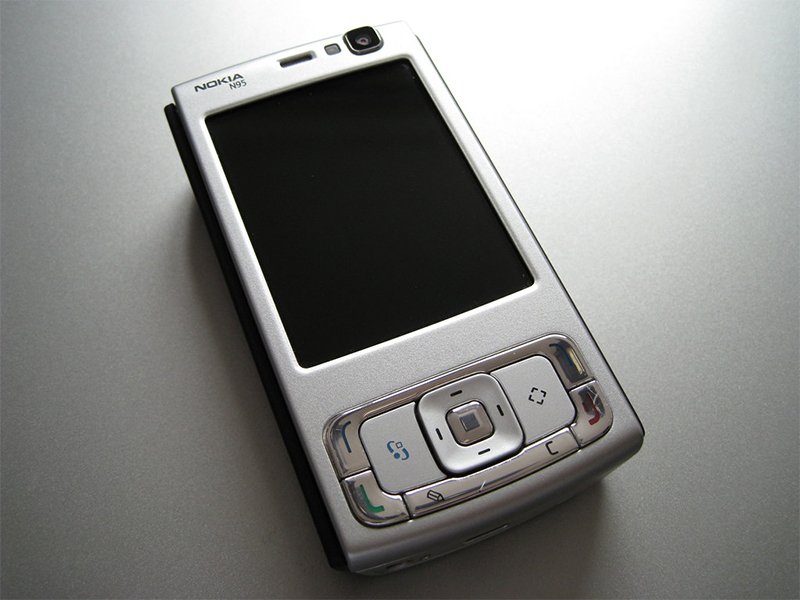
Nokia 2220 Slide
- Announced Date: November 2009
- Camera: 0.3 MP (VGA)
- Display Size: 1.8 inches
- Resolution: 128 x 160 pixels
- Internal Storage: 32 MB
- Operating System: Series 40
- Battery: 860 mAh, Li-Ion
- Processor: Not specified (typical S40 chipset)
Announced in November 2009, the Nokia 2220 Slide was a budget-friendly option aimed at simplicity. It featured a 0.3 MP camera and a 1.8-inch display with a 128 x 160-pixel resolution. With 32 MB of internal storage, it catered to basic needs like SMS and contact storage. Running on Series 40, it used a standard S40 chipset, and its 860 mAh Li-Ion battery ensured long-lasting performance for calls and texts.
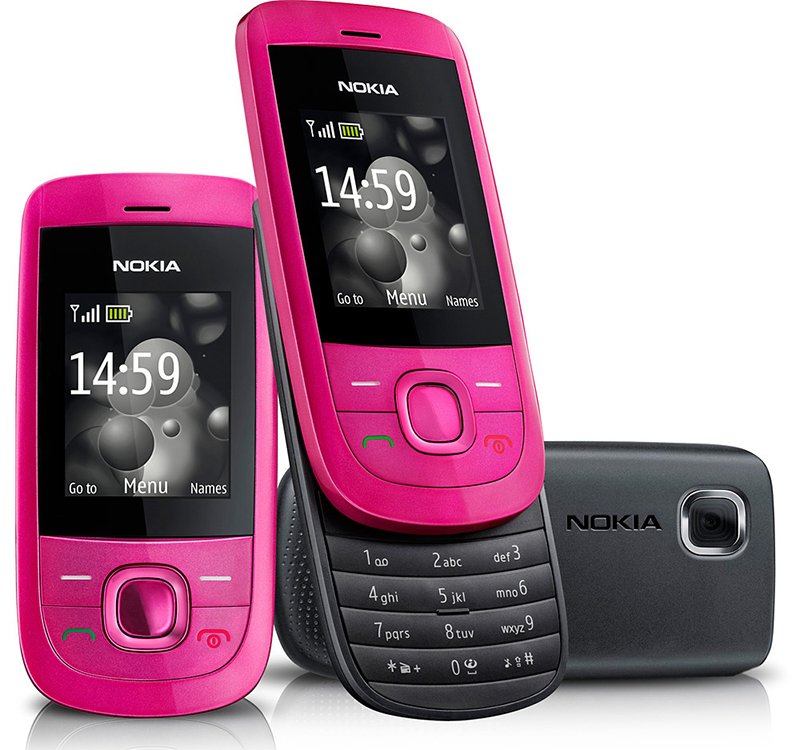
The Legacy of Nokia Slide Phones
Nokia slide phones represent a blend of innovation and practicality, appealing to users who valued compact designs with hidden functionality. Models like the N95 pushed the boundaries of what mobile devices could achieve, while simpler phones like the 2220 Slide catered to essential communication needs. Although the slide form factor has largely faded from Nokia’s modern Android lineup under HMD Global, its influence persists in the brand’s design philosophy—durability, user-friendliness, and adaptability.
Conclusion
Nokia’s slide phones remain a testament to the company’s ability to innovate within the constraints of their respective eras. From the pioneering 7650 to the feature-packed N95, these devices showcased advancements in camera technology, display quality, and processing power. While most predate Android, their specifications highlight Nokia’s engineering prowess. Today, as HMD Global continues to revive the Nokia brand with Android smartphones, the legacy of slide phones serves as a reminder of the company’s rich history in mobile technology.
Frequently Asked Questions (FAQ)
What was the first Nokia slide phone?
The Nokia 7650, announced in March 2002, was Nokia’s first slide phone and its first smartphone with a built-in camera.
Did any Nokia slide phones run Android?
No, classic Nokia slide phones like the N95 and 6600 ran on Symbian or Series 40. Modern Nokia devices under HMD Global use Android, but the slide form factor has not been prominently featured in this era.
What made the Nokia N95 stand out?
The Nokia N95, announced in September 2006, was notable for its 5 MP camera with Carl Zeiss optics, a 2.6-inch display, and advanced features like GPS and Wi-Fi, making it a flagship device of its time.
Are Nokia slide phones still available?
While classic slide phones are no longer in production, they can be found in second-hand markets. HMD Global focuses on modern smartphones, but occasional feature phone revivals (e.g., Nokia 2720 Flip) nod to the slide legacy.
How did slide phones benefit users?
Slide phones offered a compact design with a protected keypad, larger displays than candybar phones, and a satisfying tactile experience, appealing to users seeking style and functionality.
